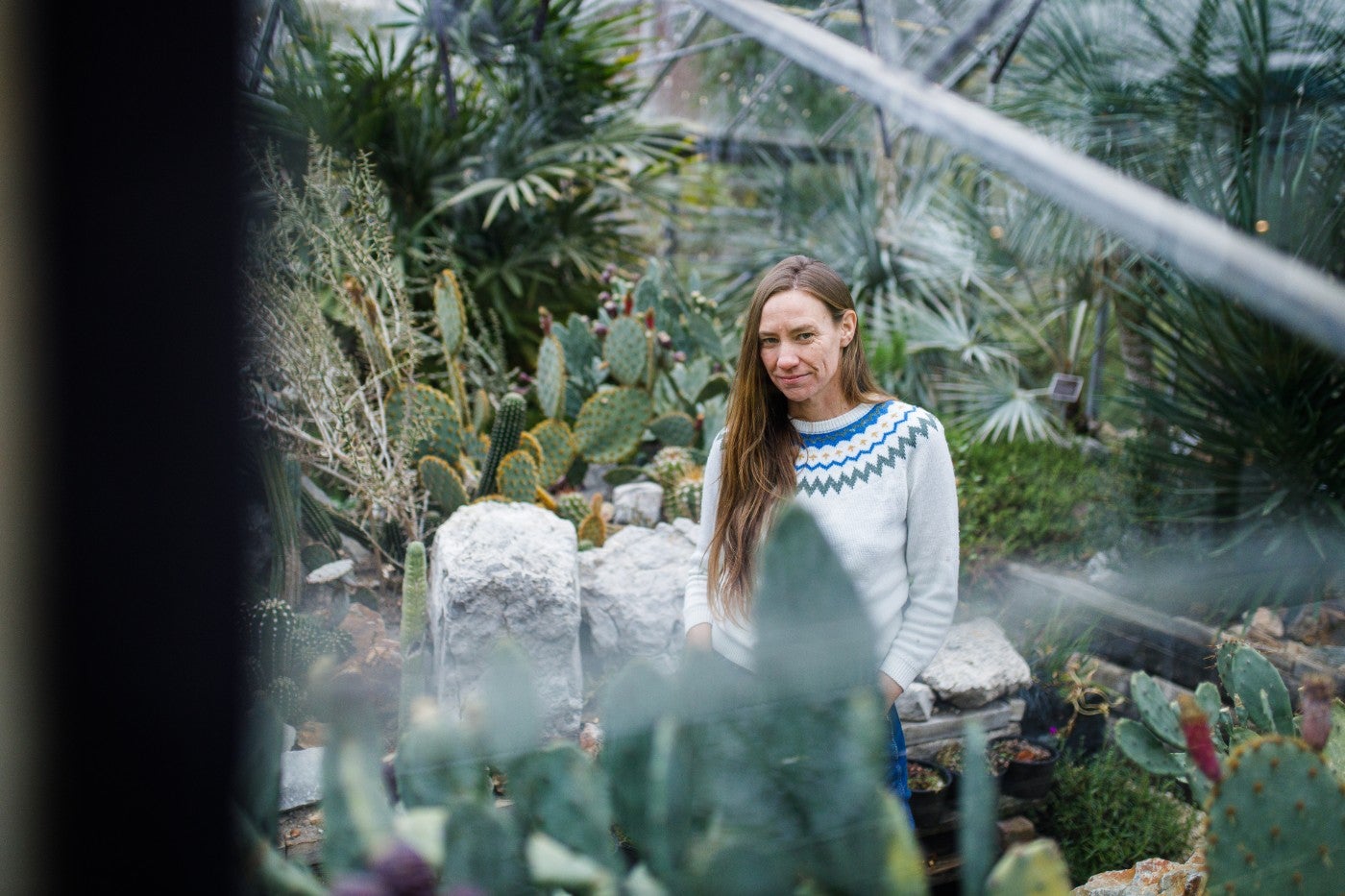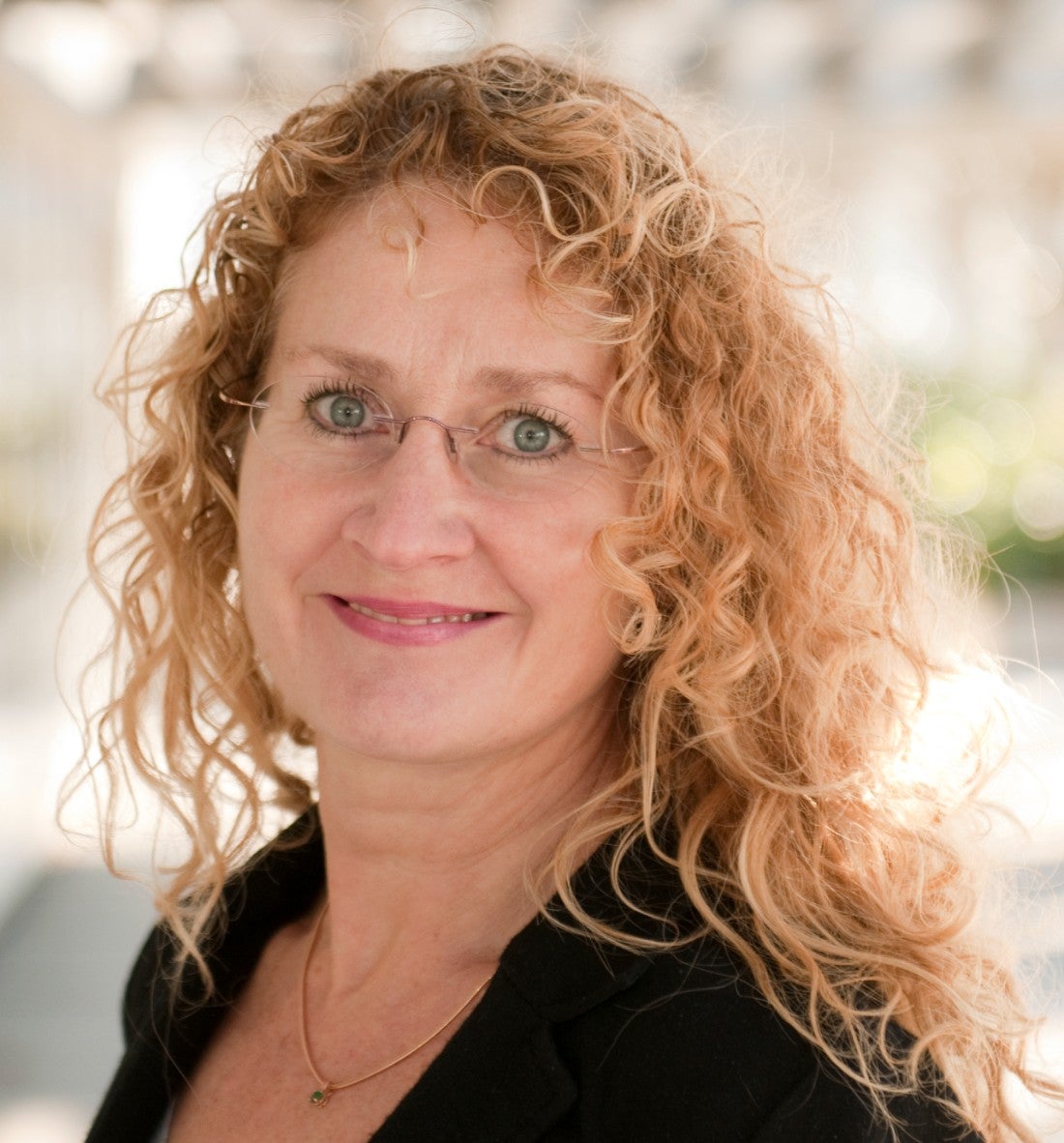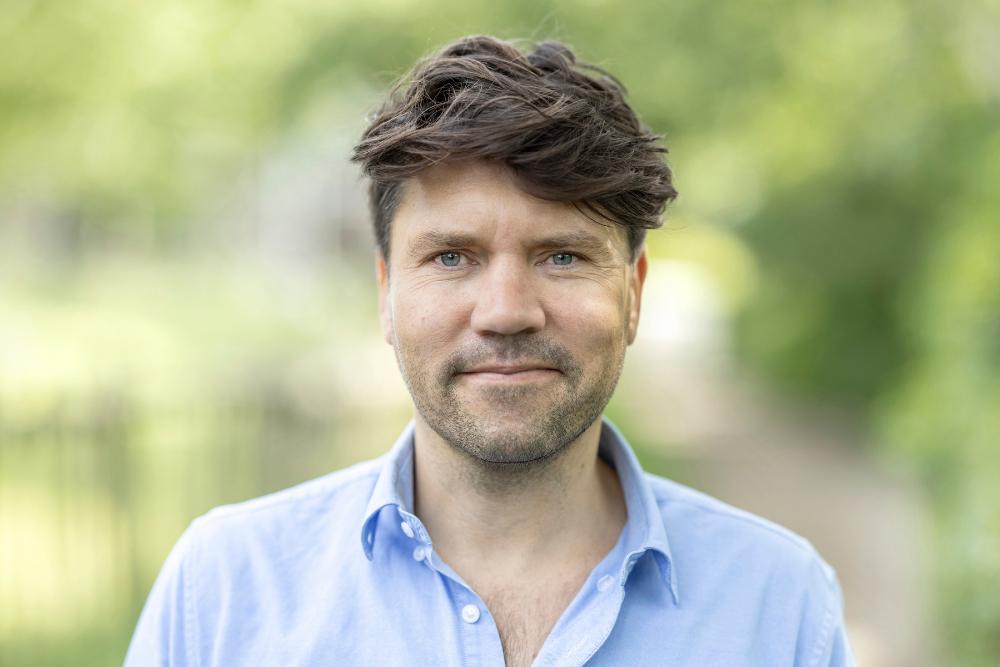Professor of evolutionary biology, Toby Kiers, has discovered a mycelial network beneath our feet that is both suspiciously like the market economy and helpful in combating climate change.
What do most people not know about fungi?
„People either think that fungi are dirty or only consider them in terms of toadstools in the woods. These toadstools are actually the handbags of the underground fungi. Underground is where they really live. Almost 50 per cent of the underground living biomass comprises mycelial networks; networks that have existed for some 450 million years."
„Plants and fungi work together to ensure they get enough food. Each plant has a variety of fungi associated with it and the same is true in reverse. We discovered that they exchange nutrients. In that sense, such a network appears to be just like an economic market in which partners exchange services."
You recently received 3.5 million euro funding from the English philanthropist, Jeremy Grant. What are you planning to do with this?
„We need a lot of money to map out the underground networks. It’s not only a question of collecting samples from across the world and taking these back to VU Amsterdam. It’s also about building capacities in the countries concerned. Where the samples are taken is where the science takes place. This means that the countries retain sovereignty over the knowledge and can also work with local companies. Non-colonial science actually costs more money and time."
„Getting funding like we received from Jeremy is fantastic. It also shows that private individuals are firm believers in science and feel that fungi are just as worthy of exploration as oceans and vegetation. Many philanthropic funds want to see rapid results, but Jeremy’s organisation is open to a long-term vision."

Why do you think that the topic resonates so much today?
„I think that, for many people, it’s magical that there’s a world we know nothing of and can’t see. Scientists have been working on this for decades, but the work has so far remained unavailable to a wider audience. It’s a wake-up call for people that what you see above ground is linked to what is taking place underground in terms of nutrient exchange. The link to climate change also plays a role. Fungi are able to store carbon: a climate solution we don’t need to do anything for, apart from not destroying fungi."
What is the link between fungi and the market economy?
„Fungi detect and send more nutrients to those roots that supply them with more carbon, which resembles an economic system. The more you put in, the more you get in return. We’ve been mapping out fungi trading strategies over the past ten years. We noticed that they not only distinguish between good and bad plants, they also have unique ways of transporting phosphorous to those places from which they benefit the most from the plants. Rather ingenious. By contrast, some types of orchid mainly take, and don’t give anything in return. There are also parasites like this in the market economy."
How can we make practical use of our knowledge about the world of fungi?
„We can use the mycelial networks to create a circular economy in agricultural fields. Mycelial networks can provide plants with 80 per cent of their phosphorus requirements. If you have a properly functioning mycelial network, the plants will absorb nutrients more effectively and farmers will not need to provide additional nutrients. And the mycelial networks also prevent nutrients from ending up in the groundwater."
Do fungi offer you explanations for any personal challenges?
„Ha ha. Fungi are real capitalists, whereas I’m more of a socialist. But the networks certainly inspire me. When you look at an illustration of a mycelial network, you notice how connected they are. You see how new rivers are always forming and others are converging. It’s magical to observe how these networks act as rivers transporting nutrients. That’s a process I see reflected in life as well. There are still so many brilliant researchers whose work doesn’t always find its way to a wider audience. With SPUN (ed: Society for the Protection of Underground Networks), I’d like to create a network to enable these researchers to publish their research."
How did you become fascinated by the world of fungi?
„When I studied in the United States, I had the idea that if I really wanted to be a biologist, I needed to work in the field. I obtained a scholarship and went to Panama to work with some fantastic biologists. They taught me all about the tropics, but only about nature at and above ground level. I also saw huge roots in these different tropical environments and was curious about how things would look underground. That planted the seed for my PhD research."








